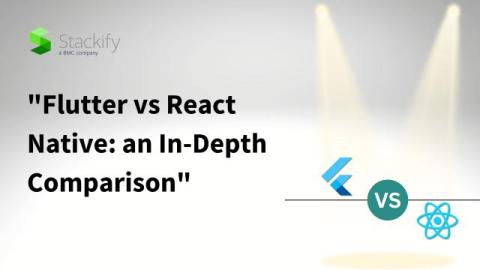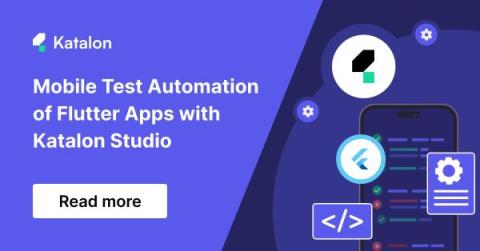How to Automate Flutter Code Push with Shorebird and Codemagic
In this article, I will introduce the steps to integrate Shorebird with Codemagic CI/CD, using the Codemagic Workflow Editor. You will be able to incorporate a workflow that allows code push of Dart code changes without requiring installation from the store. In the following example, changes to the text displayed in the user interface are reflected immediately.











